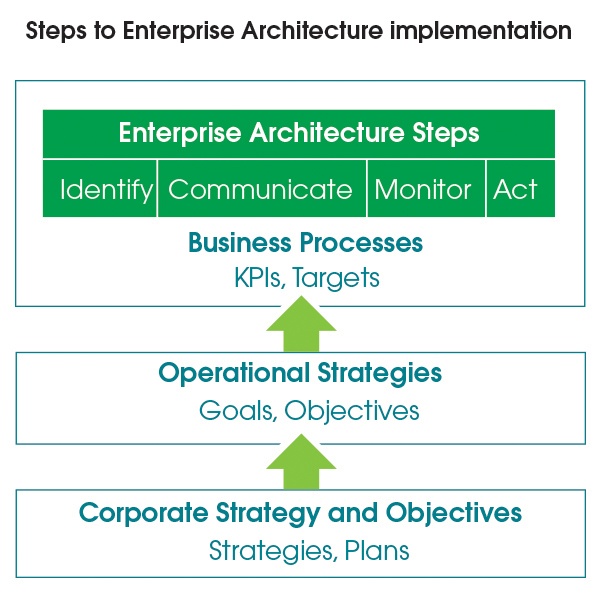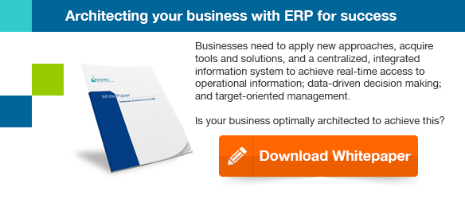There’s a cliché that people can become victims of their own success. Like most clichés, it might be annoying but it’s also true. But what does it mean in the business world, and more importantly, how do we avoid it?
Let’s take a logistics provider, for example. The company has established itself as a leading player in its target markets with an enviable reputation for delivering reliable services to its customers. Success has generated growth, growth and more growth, but then everything changes. Deliveries begin to turn up late or disappear entirely and the information the company holds on them is either inaccurate or contradictory. Formerly happy clients begin looking elsewhere.
As a responsible operator, the company invests in expensive 3rd party consultants to find out what’s going on and stem the client drain. Unfortunately, all they find is the problem and not the solution: as the business has grown every decision maker within every department has implemented his or her own systems, processes, software applications and information silos. Instead of a streamlined operation with company-wide access to business critical enterprise information, our logistics provider is actually a tangled mess of incompatible systems. The wonder is that the business has survived for so long.
OK, it might be an extreme example, but it’s a scenario we’re all familiar with. Organic growth will only take you so far and at that point (and hopefully long before) there needs to be a systematic evaluation of:
- The business strategy
- The structure(s) is in place to support the strategy
- The associated business processes and operations
- The information needs of the business
One way of achieving this is through an architectural approach, which continually and consistently provides management with valid and reliable information on which to take business decisions. And as with any architecture, the sustainability of the business will be uncertain without the foundation of a solid and focused strategy on which to build the business. Thereafter the productivity and efficiency of resources and enterprise systems and technology will be greatly enhanced because of the dedicated design and application.
If developed and implemented in sufficient depth and detail, the architecture will assist management to streamline their processes and resources, and to identify the best possible systems to match a company’s unique needs. Because enterprise architecture is based on the divulgence of an enterprise’s full architecture on all levels, its diagnostic capability is vested in the fact that the framework becomes a powerful foundation and single source of business truth. It looks at a complete and comprehensive picture and then guides management in its attempts to realign the business and its systems and resources to achieve optimal efficiencies:

Each of the four architectures requires an in-depth analysis across the enterprise. These will range from broad contextual and conceptual perspectives on the policy-making level through to process models on the operational level.
To be able to do all this there is another level of architecting which should be considered – that of the people in the organization, as well as the workflows and processes, all of which I will cover in more detail in my next blog.








